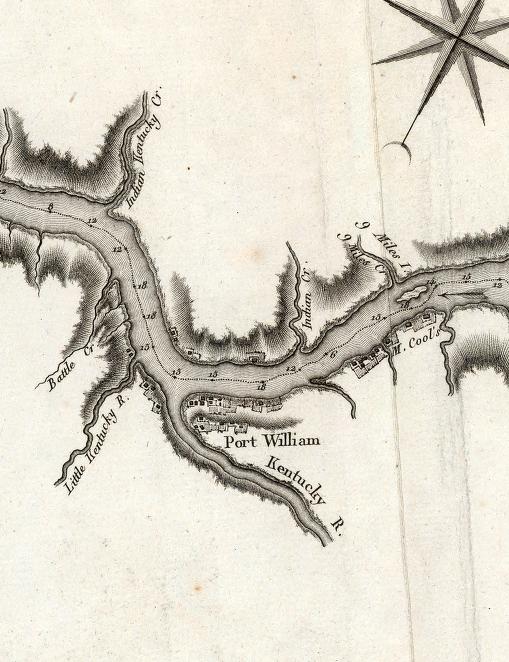But did anybody in Southern Indiana kill a chief named White Eyes,
Writers have been confused by the fact that Europeans applied the name White Eyes to different Indians. Colonists killed one White Eyes in 1778 in
Meanwhile, a series of reminiscences by pioneers, published in the Madison Courier in 1873 and 1874 gave conflicting information about the chief's tribal affiliation, and noted there was more than one White Eyes in the area. None reported their Indian names, which might have cleared things up.
Among the reminiscers, James Burns called the chief, a Pottawatomi, as did James Jackson who called him Charlie White Eyes, and said he was a "yellow Indian," which implies mixed black and Indian ancestry. Thomas Wise said he was a
Jackson and Isaac Wilson said a Dr. Hicks poisoned the chief's whiskey, putting in so much poison he vomited instead of dying.
The murder stories say his campsite on White Eye Branch in Shelby Township was burned when he was killed. Or, he was tossed in a sinkhole on a farm owned by a Dryden, while still another version, published in 1939, claimed he killed was by Jim McCartney and dumped in a sinkhole in Graham Township.
Meanwhile, a History of Shelby Township, written sometime between 1910 and 1920, said an Indian named Wilson had his wigwam about two miles northeast of Canaan, "where as tradition says, he was foully murdered by three white men, whose names are lost to history."
It's the latter story that may have contributed to the tangled facts.
In 1874, the Madison Courier published a letter from former Madisonian William McKee Dunn. Dunn, who had served as adjutant general, had found a letter dated Sept. 9, 1812 in the War department files. In it, adjutant general Percival Butler described the possible murder of two Delaware Indians called Wilson and John Guin, who had hunted on the headwaters of the Indian-Kentuck.
Since Hall, Lockridge, and usually a Buchanan have been associated with the killing of White Eyes, it may be that the killing of
The Delaware White Eyes who wasn't killed was probably the one


2 comments:
I am trying to find info for Canaan Community Academy that relates to "Chief White Eye. Just wanted to say thanks for the article!
Jamie
Thanks for posting your research. During my research into my ancestry and talking with my Grandpa, I have been told that our ancestors who ran Buchanan's Station near Cross Plains Indiana were who hunted Chief White Eye. This helps add some more insight to the story. Thanks!
Post a Comment